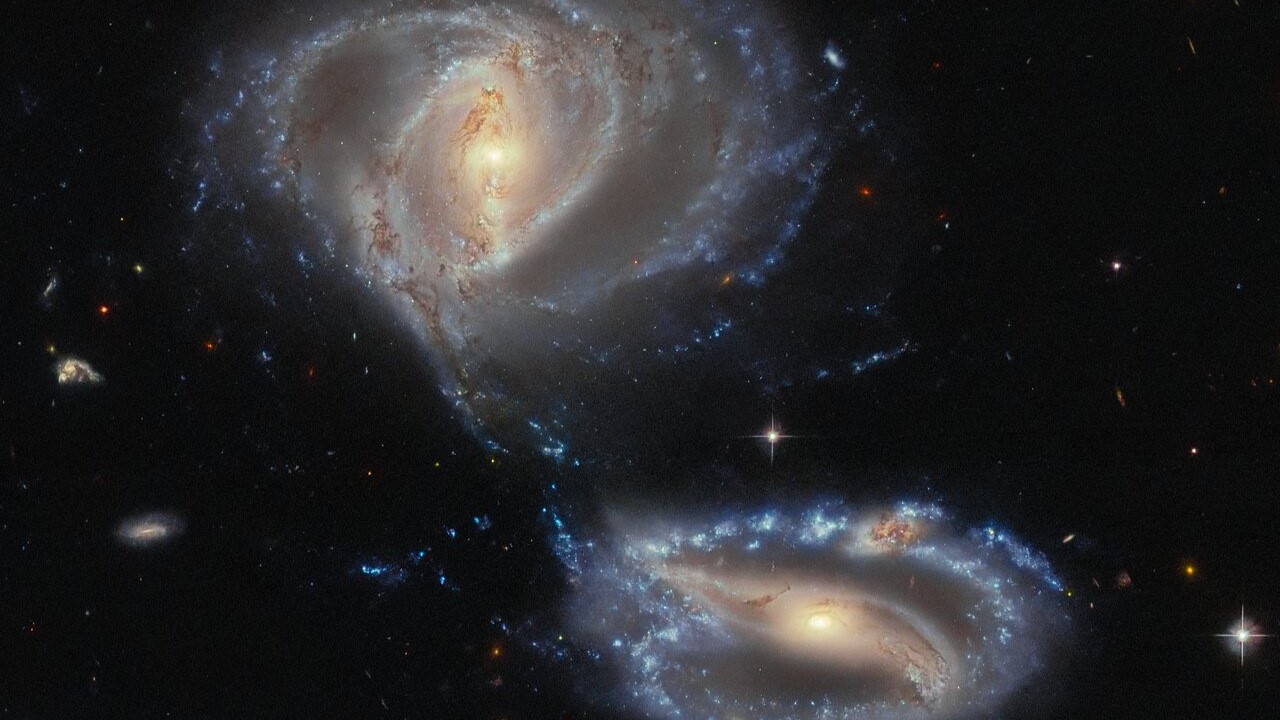
The interstellar clouds of distant, ancient galaxies are often filled with carbon. This means, if astronomers can trace and detect these patches of carbon, which they call neutral carbon absorbers, they can learn quite a lot about how galaxies evolve.
Yet, actually detecting neutral carbon absorbers — a process that typically involves finding the distinctive fingerprint of carbon's absorption lines in the spectrum of light emitted by a galaxy — is tedious. It's also very difficult. Across millions of galaxies, astronomers only know of a few dozen that contain these absorbers.
Related: Machine learning could help track down alien technology. Here's how
Sounds like a job for AI. Or, to be more precise, it sounds like a job for a deep neural network.
Specifically, researchers recently set a neural network to work on spectroscopic data of galaxies taken more than a decade ago — and discovered more than a hundred new galaxies with neutral carbon absorbers.
How did they do this? Well, before using a neural network, you first have to train it. Unfortunately, as we've discussed, there aren't enough known neutral carbon absorbers to adequately do that. So, instead of using real data, the researchers generated a batch of 5 million fictitious spectra and used them to teach the neural network about what to look for: patterns often too subtle for a human eye to spot.
Then, the researchers set their neural network loose on data from the Sloan Digital Sky Survey III. When they did so, they pinpointed neutral carbon absorbers in 107 galaxies previously not known to possess these features.
Where do we go from here?
Carbon is an indicator of a certain stage of galactic evolution. Its presence indicates that a galaxy has undergone rapid change and has produced many elements heavier than hydrogen or helium. It's possible, these researchers believe, that the presence of carbon in a galaxy may indicate the development of a Milky-Way-like disk. And the newly determined carbon-containing galaxies date from about 10.8 billion years ago — relatively early in the universe’s history — which makes that fact rather interesting.
In many ways, astronomy is an ideal field within which to enlist the help of AI methods. Astronomers now find themselves dealing with vast mountains of data; it's too much for humans to sift through on any reasonable timeframe — let alone sift through in a manner that can find the very minute patterns they sometimes need.
"It is necessary to develop innovative AI algorithms that can quickly, accurately and comprehensively explore rare and weak signals in massive astronomical data," said Jian Ge, an astronomer at China’s Shanghai Astronomical Observatory, in a statement.
The authors published their work on May 14 in the journal Monthly Notices of the Royal Astronomical Society.







